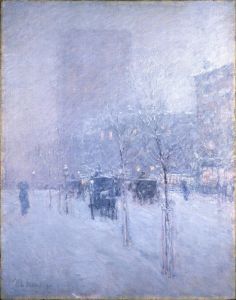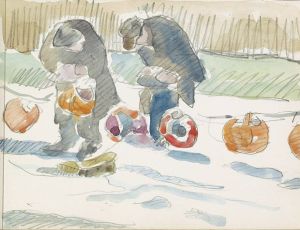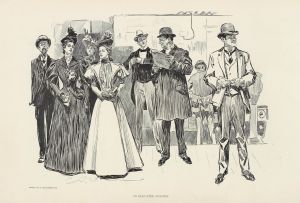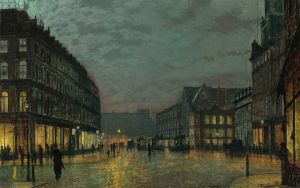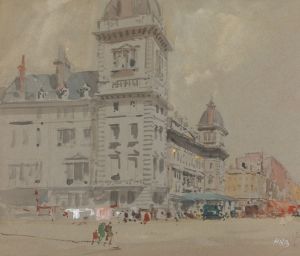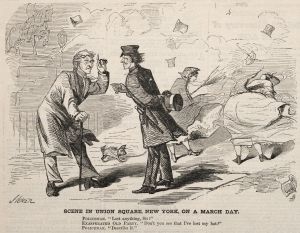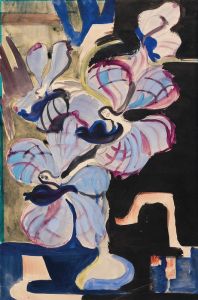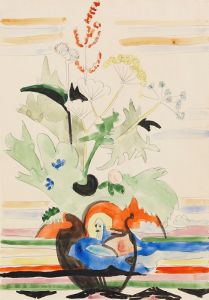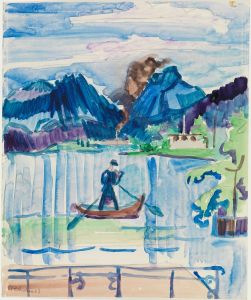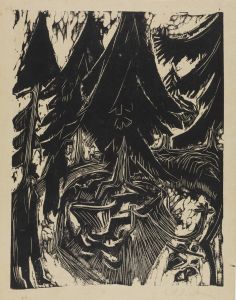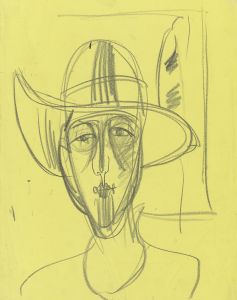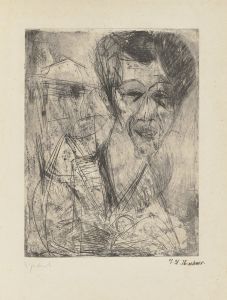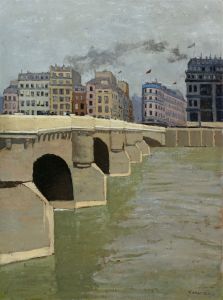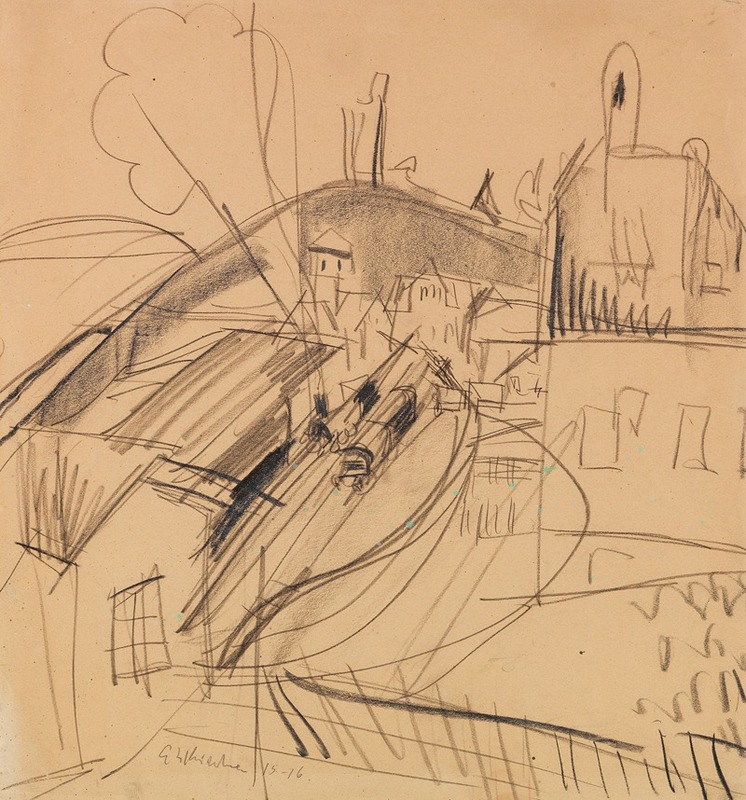
Bahnhof Königstein
A hand-painted replica of Ernst Ludwig Kirchner’s masterpiece Bahnhof Königstein, meticulously crafted by professional artists to capture the true essence of the original. Each piece is created with museum-quality canvas and rare mineral pigments, carefully painted by experienced artists with delicate brushstrokes and rich, layered colors to perfectly recreate the texture of the original artwork. Unlike machine-printed reproductions, this hand-painted version brings the painting to life, infused with the artist’s emotions and skill in every stroke. Whether for personal collection or home decoration, it instantly elevates the artistic atmosphere of any space.
Ernst Ludwig Kirchner was a prominent German expressionist painter and one of the founding members of the artist group Die Brücke (The Bridge), which played a crucial role in the development of modern art in the early 20th century. Kirchner's works are known for their bold colors, dynamic compositions, and emotional intensity. Among his many paintings, "Bahnhof Königstein" is a notable piece that reflects his unique style and artistic vision.
"Bahnhof Königstein" was painted in 1916 during a period when Kirchner was recovering from a nervous breakdown and was staying in Königstein, a town in the Taunus mountains near Frankfurt, Germany. This period was marked by a shift in Kirchner's work, as he moved away from the urban scenes of Berlin that had previously dominated his art, towards more serene and natural settings. The painting depicts the Königstein railway station, capturing the essence of the location with Kirchner's characteristic expressionist flair.
In "Bahnhof Königstein," Kirchner employs a vivid color palette and dynamic brushstrokes to convey the energy and movement of the scene. The composition is structured with bold lines and exaggerated forms, typical of Kirchner's expressionist approach. The painting reflects the influence of Fauvism and other modernist movements, which Kirchner and his contemporaries were exploring during this time. The use of color in the painting is particularly striking, with vibrant blues, greens, and yellows that create a sense of harmony and balance, while also conveying the emotional undertones of the scene.
Kirchner's depiction of the railway station is not just a literal representation but also an exploration of the psychological and emotional impact of the environment. The painting captures the tension between the industrial and the natural, a theme that was prevalent in much of Kirchner's work. The railway station, a symbol of modernity and progress, is set against the backdrop of the tranquil Taunus landscape, highlighting the contrast between the man-made and the natural world.
"Bahnhof Königstein" is also significant in the context of Kirchner's personal life and artistic development. During his stay in Königstein, Kirchner was undergoing treatment for his mental health issues, and his art from this period reflects a search for peace and stability. The painting can be seen as an expression of Kirchner's inner turmoil and his attempt to reconcile his experiences with his artistic vision.
Today, "Bahnhof Königstein" is regarded as an important work in Kirchner's oeuvre, exemplifying his mastery of color and form, as well as his ability to convey complex emotional and psychological states through his art. The painting is held in high esteem by art historians and is considered a valuable example of early 20th-century expressionism. It continues to be studied and appreciated for its artistic and historical significance, offering insight into the mind of one of Germany's most influential expressionist artists.





